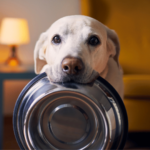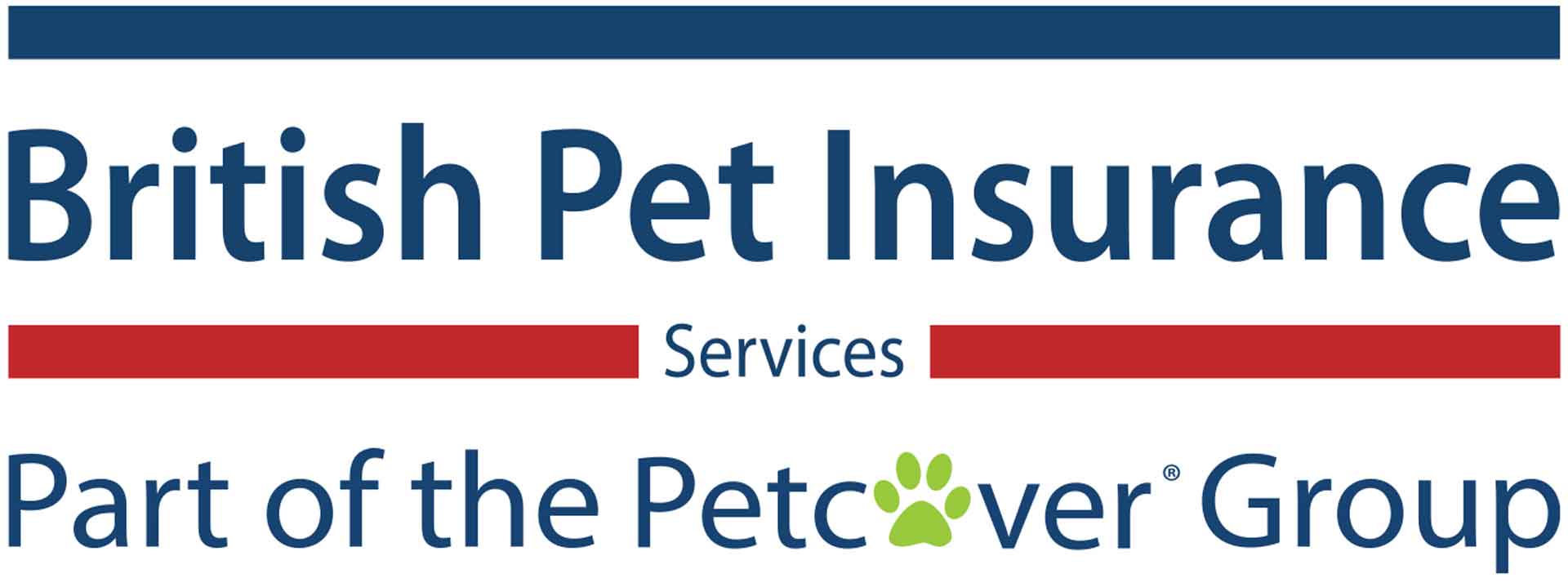Obesity. A big, fat problem. – Dr. Sophie Bell
Published: 5 June 2023
Obesity. A big, fat problem. - written by Dr. Sophie Bell
Over the coming months we will explore how being overweight can hugely affect our pet’s health, in a negative way. First up are our dogs. It is estimated that around 65% or more of dogs are classed as overweight or obese. As a vet, I see more podgy dogs then I do slim ones!
Additional weight puts pressure on the heart and lungs, on the joints with an increased risk in developing osteoarthritis and joint degeneration, blood pressure is usually high in these dogs, the chance of suffering cancer is much higher, anaesthetic complications are more likely, and there is a higher risk of urinary issues including formation of bladder stones. Obesity may play a role in the development of diabetes mellitus in dogs, but there is a much stronger link between fat cats and diabetes mellitus. Also, overweight, and obese animals are predisposed to pancreatitis, a painful condition.
For our brachycephalic breeds, those with a shortened skull such as the bulldog or pug, staying slim is vitally important. Weight gain puts huge pressure on breathing, for which some of these breeds may already struggle.
Many owners are unaware that their dog is overweight and can feel insulted when told that they are. But tackling those extra pounds will undoubtedly improve quality of life and increase life expectancy. We are literally killing our dogs with kindness as we overfeed and offer far too many treats and titbits. As a vet, I am advocating for your pet’s health and there should not be a stigma around discussing weight.
Did you know?
 For our Labradors there is a genetic link to their food obsession. 1 in 4 Labradors have been shown to carry a mutated gene which makes managing their ravenous appetite even more important to prevent obesity.
For our Labradors there is a genetic link to their food obsession. 1 in 4 Labradors have been shown to carry a mutated gene which makes managing their ravenous appetite even more important to prevent obesity.
What’s the cost?
We know those extra pounds pose huge health risks, and for you as an owner that can become extremely costly. They gain the pounds, meaning you may need to spend them! A bout of pancreatitis for example can involve a long hospital stay, feeding tube, medications, intravenous fluids, blood tests and ultrasound scans. Treatment can easily cost more than £3000 for some cases.
Osteoarthritis requires regular pain management and can cost anywhere from £150 per month upwards and is a lifelong commitment. Joint supplements, pain relief, and complementary therapies are needed. Some insurance policies cover both medications and complementary treatments such as hydrotherapy which will improve wellbeing and help manage pain, which is why it is important to have a good policy in place and know the terms of cover.
Keep in control of the costs
Get a quote today, with our range of dog insurance plans suitable for different budgets.
Get a quoteHow can you assess your pet’s weight?
The numbers on the scales are one thing, but a more accurate assessment is to carry out a body condition score. Most of the generic ones found online are suitable for many dogs but for breeds such as the pug these scoring systems can be tricky to use. The University of Cambridge have designed some specific scoring systems for breeds like the pugs. Use them and keep a diary to record your pets weight organising a monthly weigh in and assessment of their body condition score.

Some dog breeds are designed so that the ribs are more visible than others. However, these monthly weigh ins with your dog also help you to monitor weight loss if unintended. Or if they are on a diet. Unexplained weight loss can also indicate a health problem.
Make the monthly weigh in part of your regime!
How to help those who are overweight or obese:
This advice will also help prevent getting to the stage of obesity in the first place.
Tip 1 – What are your dog’s daily calorie needs?
Many of us following feeding guidelines on the back of food packaging, but these are a very rough guide and often lead to incorrect amounts of food being given daily. Calorie requirements vary hugely and depend on daily exercise, age, underlying health problems and recovery from illness, and if your pet is neutered or unneutered. Ready for some maths?!
Resting energy requirements is also known as RER. This is calculated the following way: (you will need a calculator)
RER = (your dog’s body weight in kilograms)¾ x 70
For example, for a 10kg dog the calculation would be – 10 to the power of 0.75 (3/4) you can literally write that into your internet search bar. The result is 5.6. We then multiply that result by 70 and that makes 393 calories required at rest daily.
Ok there is some more maths! This number is the resting energy requirement and will vary based on your dog’s lifestyle. We multiply the RER by the following amount for each dog to get the MER – maintenance energy requirement:
Unneutered adult x by 1.8
Neutered adult x by 1.6
Obese x by 1.2
Active/working dogs x by 2-5 depending on level of work
Puppies 0-4 months x by 3
Puppies 4 months to adulthood x by 2
An unneutered 10kg adult dog would require 393 x 1.8 = 707 calories daily. If this unneutered dog was 6 months old, then he would need 786 calories daily as we multiply 393 x 2. Get your vet or veterinary nurse to help you if you are unsure.
Now we know exactly how many calories your dog needs, we can weigh the food and feed appropriately. Most dog foods will have information online as to how many calories there are per 100g.
Tip 2 – Choose a smaller bowl.

This is more of a psychological thing for you as an owner rather than a benefit to the dog. If the weighed-out food looks like a small amount, the smaller bowl will make it look like more and you as an owner will feel better about it.
Tip 3 – Be prepared.
Weighing the food takes some time and we all have busy lives. Batch portion the food, choose a day and weigh it out for 7 days if possible. Those who are raw feeding or wet food feeding will need to do this daily. But do make the time to get the amount correct.
Tip 4 – Factor in titbits and treats!
You have to be aware of the extra calories you are offering in the form of treats and titbits and factor those into the daily calorie allowance.
Calories in popular titbits:
41 calories per 100g carrot
402 calories in 100g cheese
35 calories in one gravy bone
78 calories in ONE Bonio biscuit!!
It is easy to see how we can exceed daily calorie needs by simply adding in a couple of extras. Cut down the meals to accommodate and choose lower calorie treats. A carrot would be a better option than a single Bonio biscuit and is likely to last longer.
How to lose weight
Losing weight takes dedication and time, this is not an overnight fix. Many veterinary practices offer weight loss clinics, and these can increase the success rate hugely. There is no shame in asking for help, weight loss is just as important as managing any disease.
There are prescription-based diets to help with hunger and offer lower calorie intake, for some this is an easier alternative to working on your own calorie-controlled diet.
Many studies have shown that cutting calories down, in a controlled manner, is a far more effective way to lose weight than increasing the exercise alone. Although making a change to both calories and exercise is a great idea.
If you take the time, work out the calories your dogs need, alter this when things change such as going from puppy to adult, and regularly weight and monitor your dog’s weight, you will be successful.
Success will also require willpower. You must resist those puppy dog eyes and not give into the extra treats.
Remember you are keeping your dog fit and healthy by saying no!
